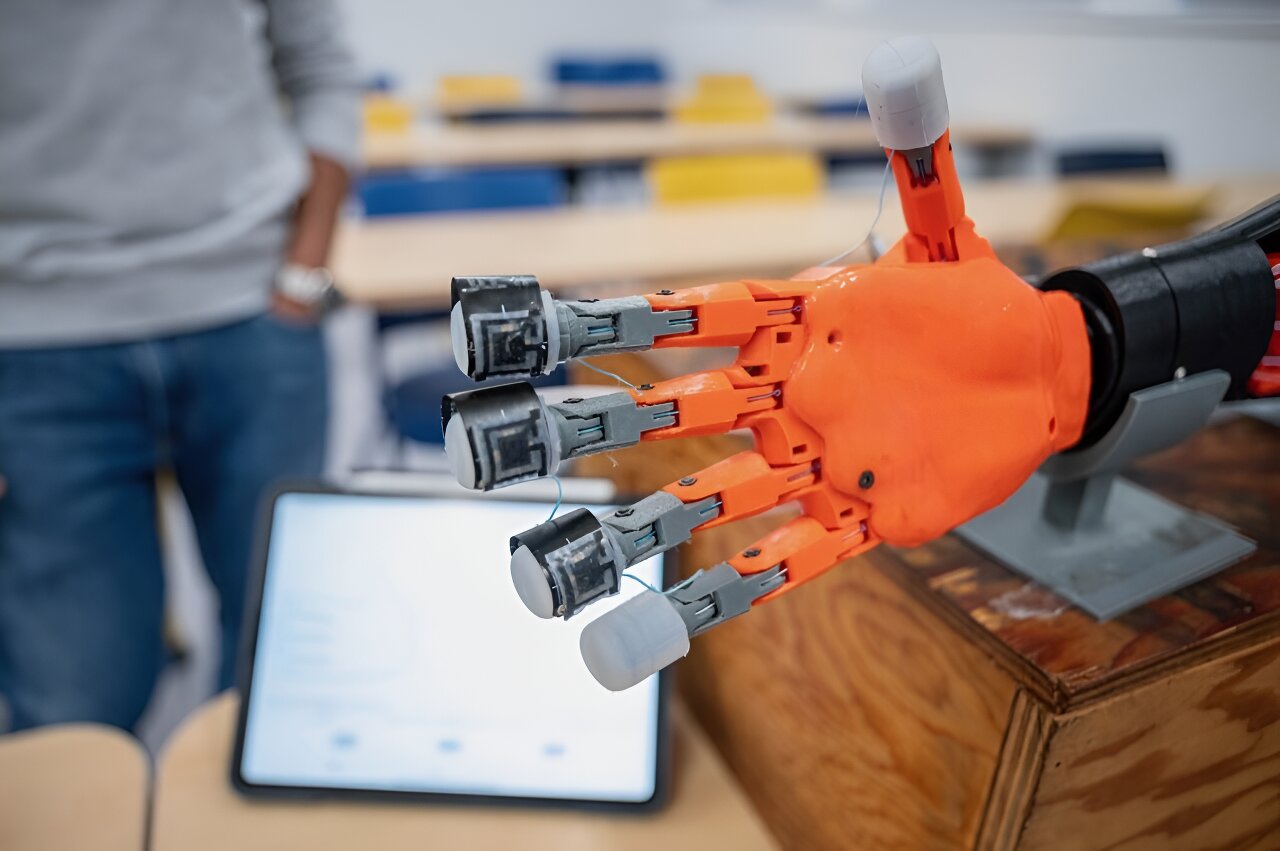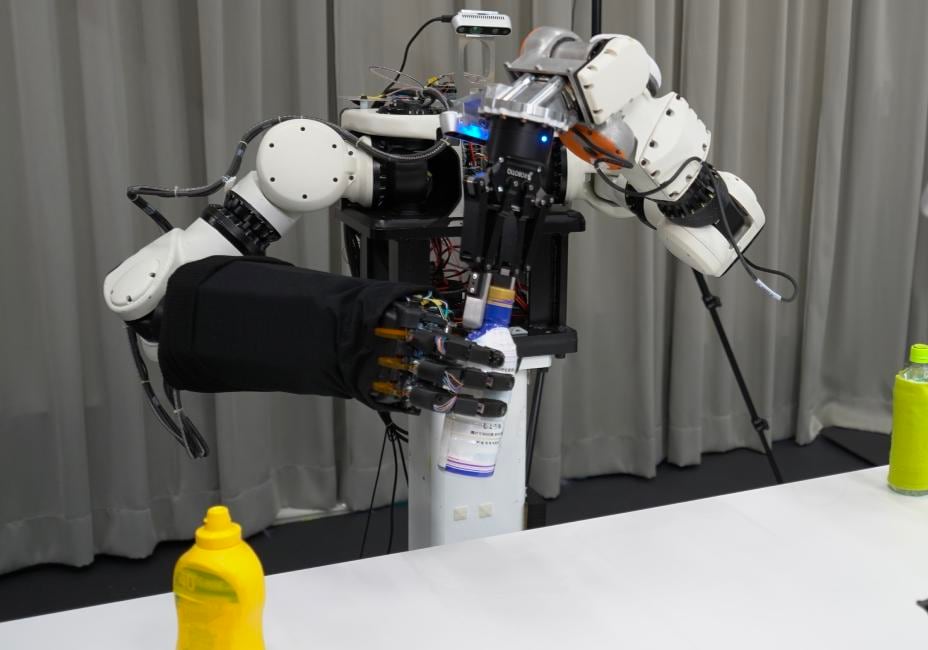Breakthrough in robotics: scientists together with Honda have developed a sensor similar to human skin - this will allow to improve humanoid robots

Engineers at the University of British Columbia (UBC), in collaboration with the Honda Research Institute, have developed an advanced soft sensor that opens up new perspectives in robotics and prosthetics. This sensor can be applied to the surface of a prosthesis or robotic limb, enabling them to sense touch and perform tasks that were previously extremely difficult for machines, such as picking up a soft fruit. In addition, the sensor has a soft texture that makes it look like human skin, providing a safer and more natural interaction with humans.
"Our sensor can sense several types of forces, allowing a prosthetic or robotic arm to respond to tactile stimuli with dexterity and precision. For instance, the arm can hold fragile objects like an egg or a glass of water without crushing or dropping them".
The core of this sensor is silicone rubber, a material often used to create special skin effects in the film industry. The unique design of the sensor gives it the ability to bend and wrinkle, similar to human skin. The sensor uses weak electric fields to detect objects, even at a distance, allowing robots to interact safely with people.

The researchers claim that the technology for making this sensor is simple and scalable, making it easy to apply to large surfaces and produce large numbers of copies.
"Our sensor uses weak electric fields to sense objects, even at a distance, much as touchscreens do. But unlike touchscreens, this sensor is supple and can detect forces into and along its surface. This unique combination is key to adoption of the technology for robots that are in contact with people".

The UBC team developed the new technology in collaboration with Frontier Robotics, Honda's research institute. Honda has been innovating in humanoid robotics since the 1980s and has developed the acclaimed ASIMO robot, a walking assistance device, and the new Honda Avatar robot, which is a multi-fingered robotic arm designed to do human work.

"Human skin has a hundred times more sensing points on a fingertip than our technology does, making it easier to light a match or sew. As sensors continue to evolve to be more skin-like, and can also detect temperature and even damage, there is a need for robots to be smarter about which sensors to pay attention to and how to respond. Developments in sensors and artificial intelligence will need to go hand in hand.".
The development of sensors and artificial intelligence is increasing the capabilities of machines and making them more "alive". This opens up new opportunities for collaboration between humans and robots. This is important so that robots can be more intelligent in choosing which sensors to use and how to respond to different situations.
Source: techxplore.com with reference to nature.com
